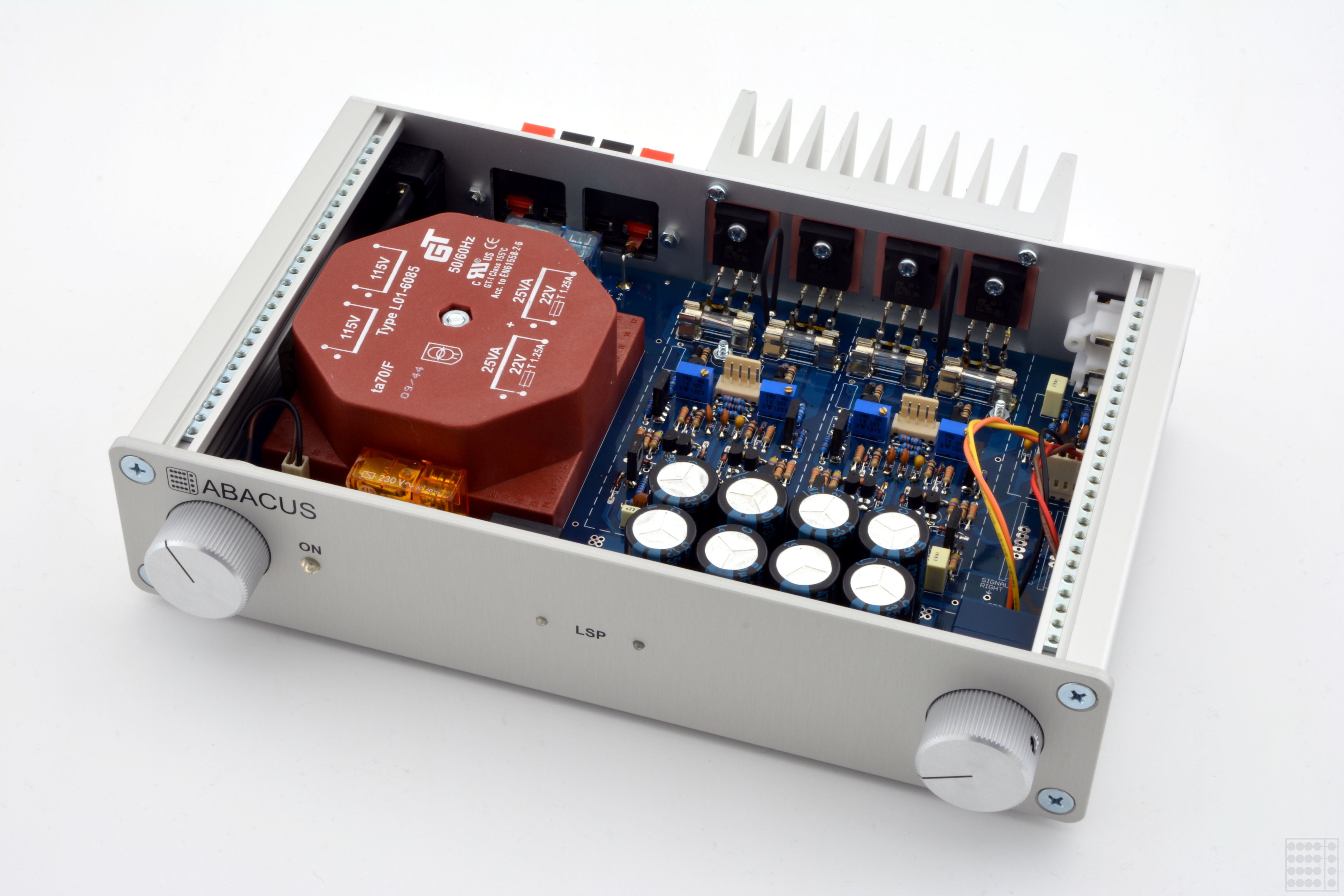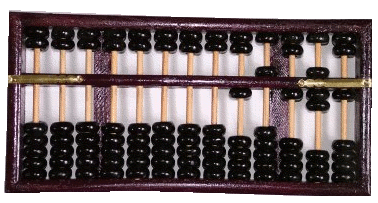

ELECTRONIC ABACUS CODE
Simply scan the QR code below or search for "Abacus Bank" in the App Store or Google Play TM to download the application:
ELECTRONIC ABACUS PASSWORD
To start, just sign on with the same User ID and Password you use to access your accounts online. You can easily view account balances and transaction history, make check deposit, transfer funds between your Abacus Bank accounts and pay bills right on your mobile device. It is easy to bank right from your iPhone®, Ipad®, or Android™ anytime, anywhere.
ELECTRONIC ABACUS FREE
Its advantages in the fields of multiplication and division, however, were not so decisively demonstrated.Abacus Mobile banking 1 is an easy, fast, secure and free 2 service for Abacus Federal Savings Bank customers. Such results should convince even the most skeptical that, at least so far as addition and subtraction are concerned, the abacus possesses an indisputable advantage over the calculating machine. Kiyoshi Matsuzaki, a champion operator of the abacus in the Savings Bureau of the Ministry of Postal Administration.Īs may be seen from the results tabulated on the following page, the abacus scored a total of 4 points as against 1 point for the electric calculator. Thomas Nathan Wood of the 20th Finance Disbursing Section of General MacArthur's headquarters, who had been selected in an arithmetic contest as the most expert operator of the electric calculator in Japan. The American representative of the calculating machine was Pvt. Only in multiplication alone did the machine triumph." "Civilization, on the threshold of the atomic age, tottered Monday afternoon as the 2,000-year-old abacus beat the electric calculating machine in adding, subtracting, dividing and a problem including all three with multiplication thrown in, according to UP. The Nippon Times reported the contest as follows: "The machine age tool took a step backward yesterday at the Emie Pyle Theater as the abacus, centuries old, dealt defeat to the most up-to-date electric machine now being used by the United States Government.The abacus victory was decisive."

In reporting the contest, the Stars and Stripes remarked: The Japanese tradesman with his soroban would easily outstrip a rapid and accurate Western accountant even with his adding machine.Īn exciting contest between the Japanese abacus and the electric calculating machine was held in Tokyo on November 12, 1946, under the sponsorship of the U.

However, his mistrust of the soroban is likely to be transformed into admiration when he gains some knowledge concerning it.įor the soroban, which can perform in a fraction of time, a difficult arithmetic calculation that the Westerner could do laboriously only by means of pencil and paper, possesses distinct advantages over mental and written arithmetic. But such is the force of habit that he does not try to recognize the simplicity of any problem instead, following the line of least resistance, he adjusts his soroban for manipulation, and begins clicking the beads, thus escaping any need of mental effort.ĭoubtlessly the Westerner, with his belief in the powers of mental arithmetic and the modern calculating machine, often mistrusts the efficiency of such a primitive looking instrument. If he tried, he could no doubt easily add 37 and 48 in his head. It is true that the Japanese tradesman often uses his board and beads even when the problem is simple enough to be done in one's head, but this is only because the use of the abacus has become a habit with him. When he buys a few trifling articles at some store, he soon notices that the tradesman does not perplex himself with mental arithmetic, but instead seizes his soroban, prepare it by a tilt and a rattling sweep of his hand, and after a deft manipulation of rapid clicks, reads off the price. The abacus, or soroban as it is called in Japan, is one of the first objects that strongly attracts the attention of the foreigner in Japan. Excerpted from the book, "The Japanese Abacus, Its Use and Theory", by Takashi Kojima


 0 kommentar(er)
0 kommentar(er)
